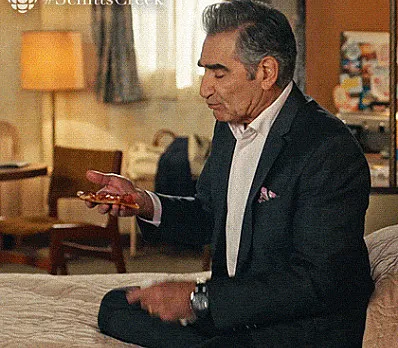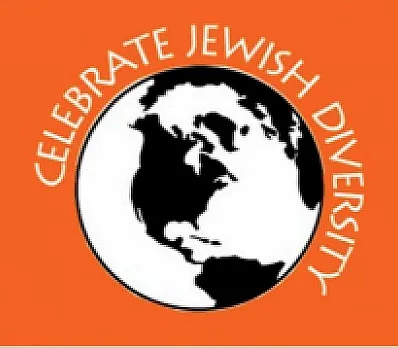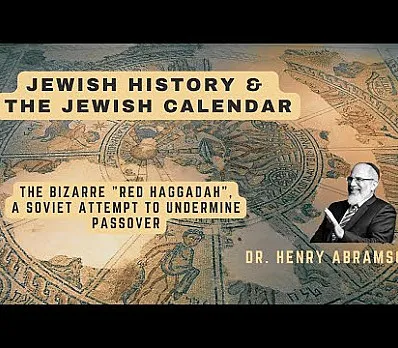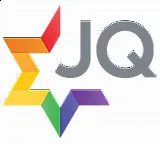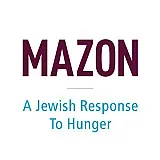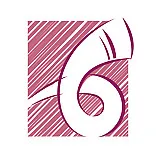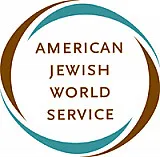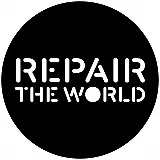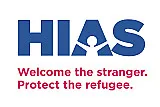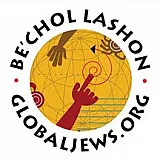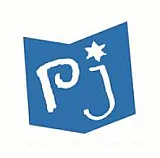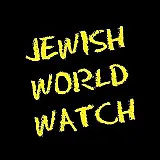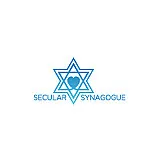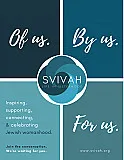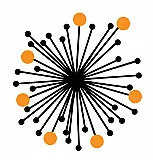Passover: A Festival of History
Passover has many different names: Feast of Freedom, Hag Ha-Matzot (festival of the Matzah), Hag Ha-Aviv (festival of spring) and Pesach . Each one of these names highlights one of the many facets of the holiday. Taken together, however, they reveal that Pesach is a feast of history, as all the aspects of our celebration (and its names) are made of layers, which stretch back into the depths of our history as a people.
Passover developed from two ancient agricultural festivals, each of which have contributed to our celebration today. The first, a shepherds festival, is mentioned during the Exodus story itself. Moses asks Pharaoh to allow the Israelites to go into the desert to celebrate a festival which not only required the people, but their herds and flocks as well. It is no coincidence that Pesach falls at the time of the Spring lambing, which in ancient and modern times is a moment of celebration by shepherds and nomads. Often the highpoint of such festivals was (and is) the sacrifice of a lamb. Such a sacrifice was a central part of the Passover celebration in our ancient Temple in Jerusalem. This element has been symbolically retained in our Passover celebration by the Zeroah on our seder plate.
Passover also falls during a second harvest central to our ancestors' lives after they settled in Israel and became farmers. During the month of Nissan (called Aviv in the Torah) the winter wheat was (and is) harvested throughout Israel. It is likely that our ancestors wished to prepare for the new wheat by removing all the previous year's wheat from their houses. Thus, they could not retain the sour dough starters made from the previous harvest, which was necessary to leaven their bread. It takes about seven days to make a new starter, thus forcing them to eat unleavened bread for seven days. Matzah , the unleavened bread, which we eat during Passover recalls this ancient practice.
As Judaism developed our prophets and sages took these ancient harvest festivals and gave them new significance by associating them with the most significant events in ancient Jewish history. Thus Pesach was tied to the Exodus from Egypt, the most formative event of our past. Each of the central symbols, the Pesach lamb offering and the Matzah were interpreted as symbols of the Exodus. The Matzah , the unleavened bread, came to represent the bread of freedom (and affliction) that our ancestors made as they quickly were liberated from Egyptian bondage, and the Zeroah came to represent the lambs blood painted on the doorposts allowing God to pass over the Israelite homes as the first born of Egypt were slain.
Like the festival itself, the Haggadah has many layers, which stretch back into antiquity. While it is rooted in the biblical command "to teach our children" its texts come from every nearly every era of Jewish history. Biblical texts and rabbinic texts and blessings are found on nearly every page, and these are often augmented by ancient and medieval poetry and songs. The Haggadah has never been static, and has never resisted change. Even such canonical texts as the "Four Questions" has changed over the centuries. As times and realities changes, so to did the text of our seder ritual.
In this Haggadah we continue this journey through history. Following in the footsteps of of our ancestors new interpretations, readings and songs have been added, both meeting the realities and needs of the present day, and enhancing our celebration of this joyous and important holiday.
Passover, however, is not only a reflection (a memory) of our long history, rather, it transcends history. Through the rituals of the seder each of us is meant to experience the Exodus from Egypt. These events should not be remote historical memories brought to mind once each year, rather they must be events that are part of our very lives. In the words of Rabban Gamaliel, "each generation must see itself as taking part in the Exodus from Egypt."
Inspired to create
your own Haggadah?
Make your own Haggadah and share with other Seder lovers around the world
Have an idea
for a clip?
People like you bring their creativity to Haggadot.com when they share their ideas in a clip
Support Us
with your donation
Help us build moments of meaning and connection through
home-based Jewish rituals.
OUR TOP CONTRIBUTORS
Passover Guide
Hosting your first Passover Seder? Not sure what food to serve? Curious to
know more about the holiday? Explore our Passover 101 Guide for answers
to all of your questions.
